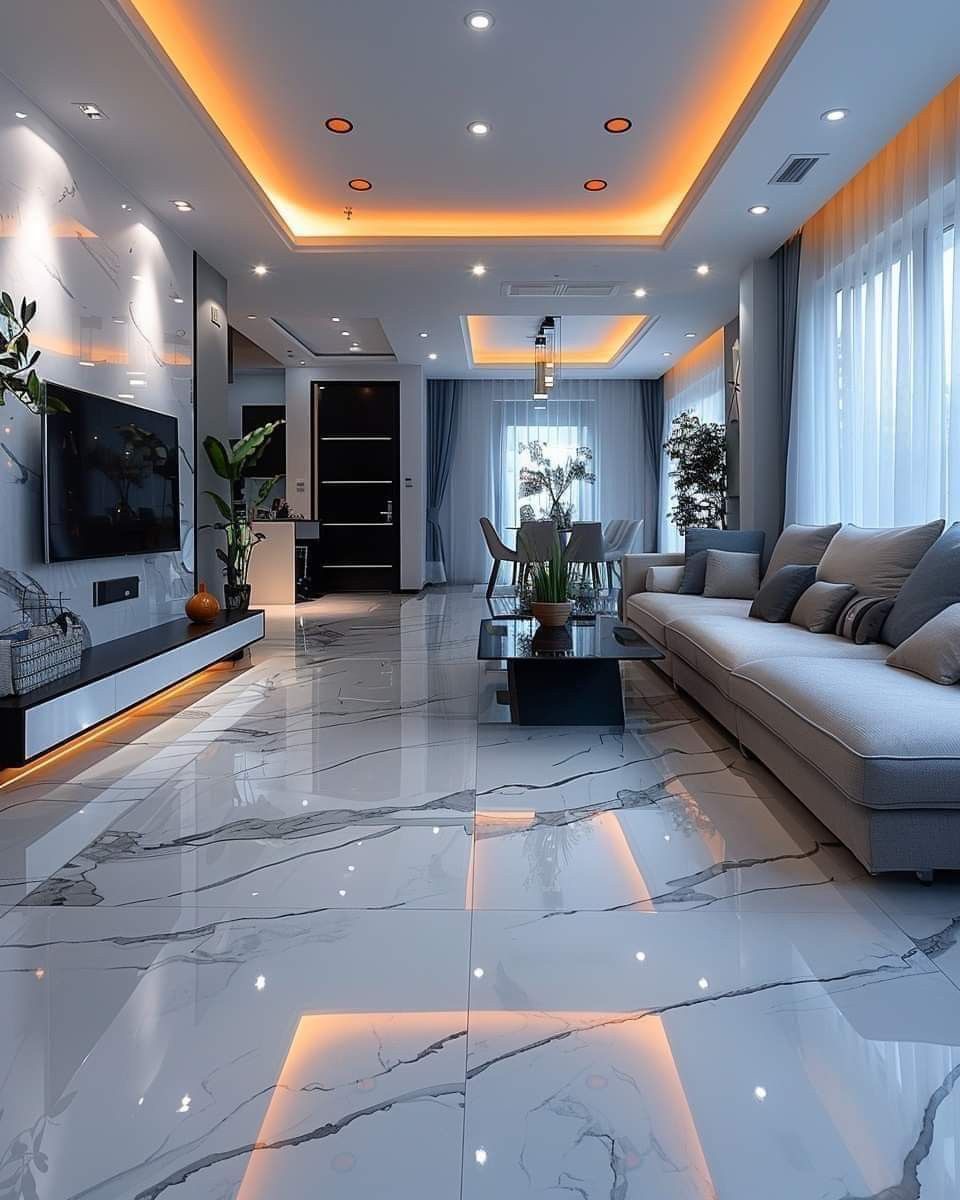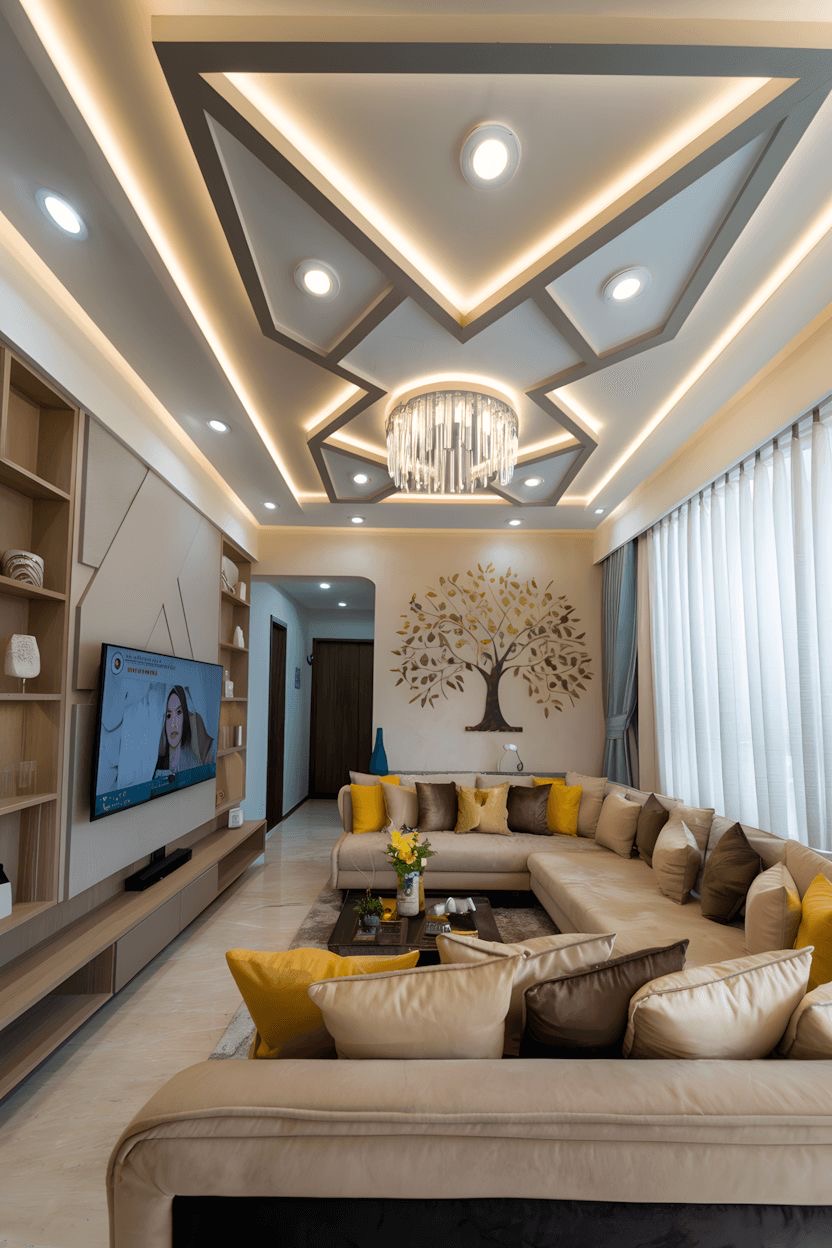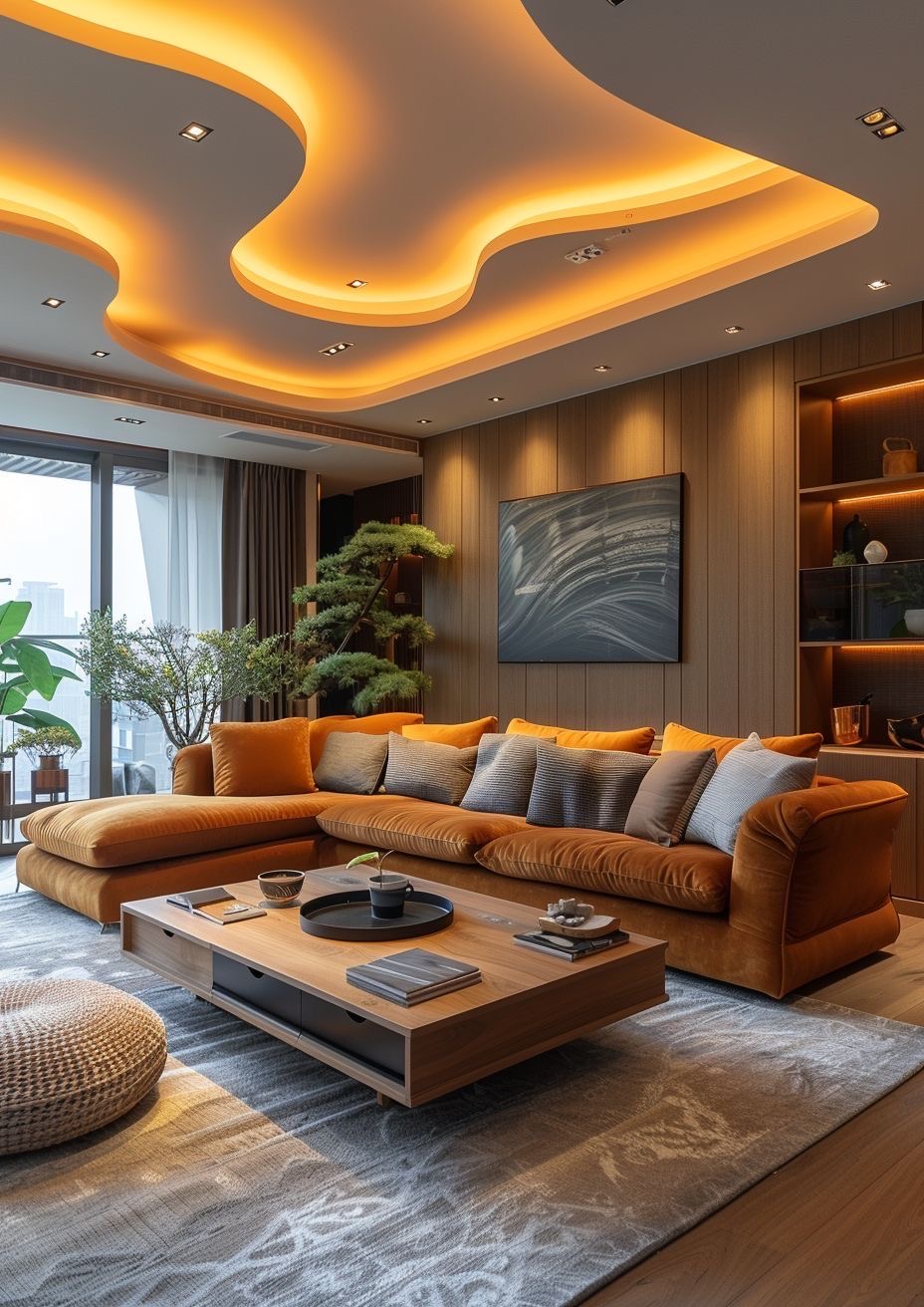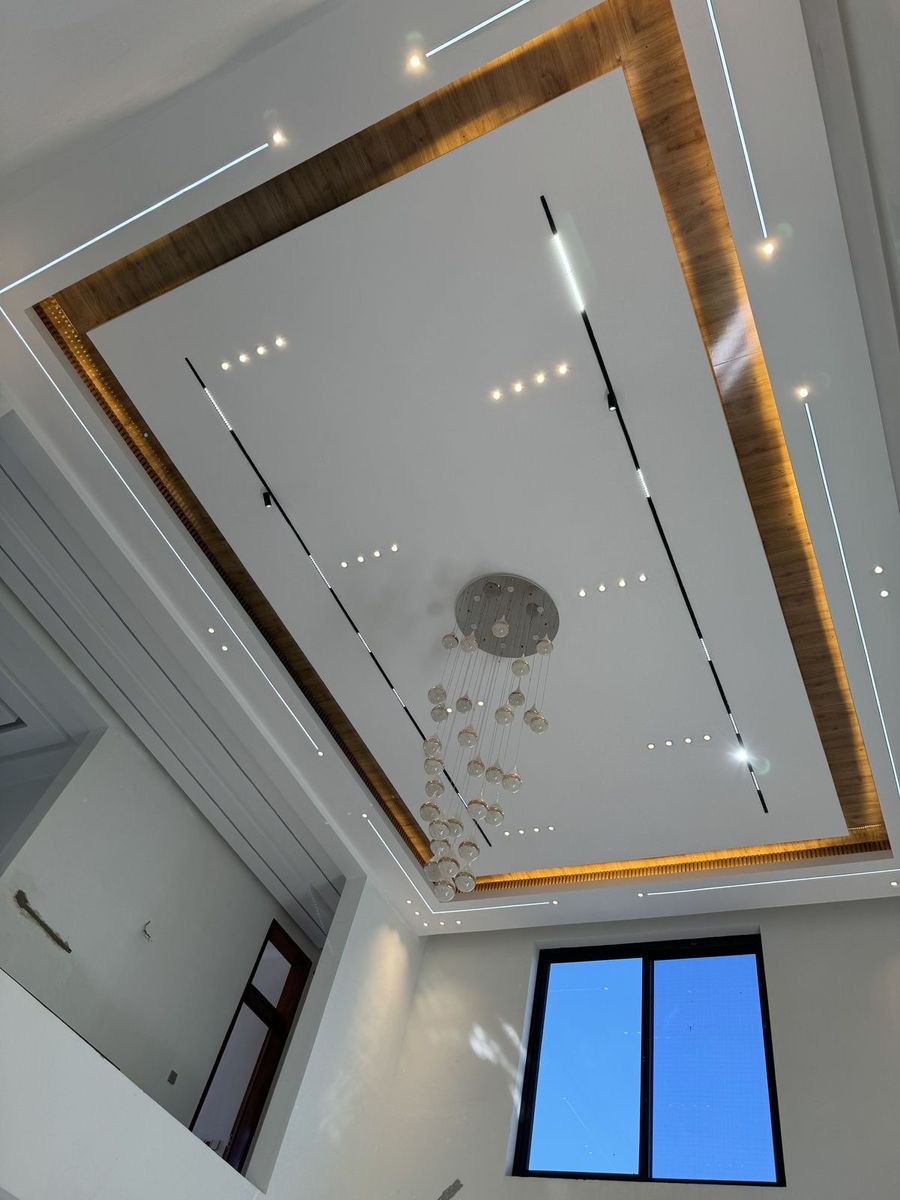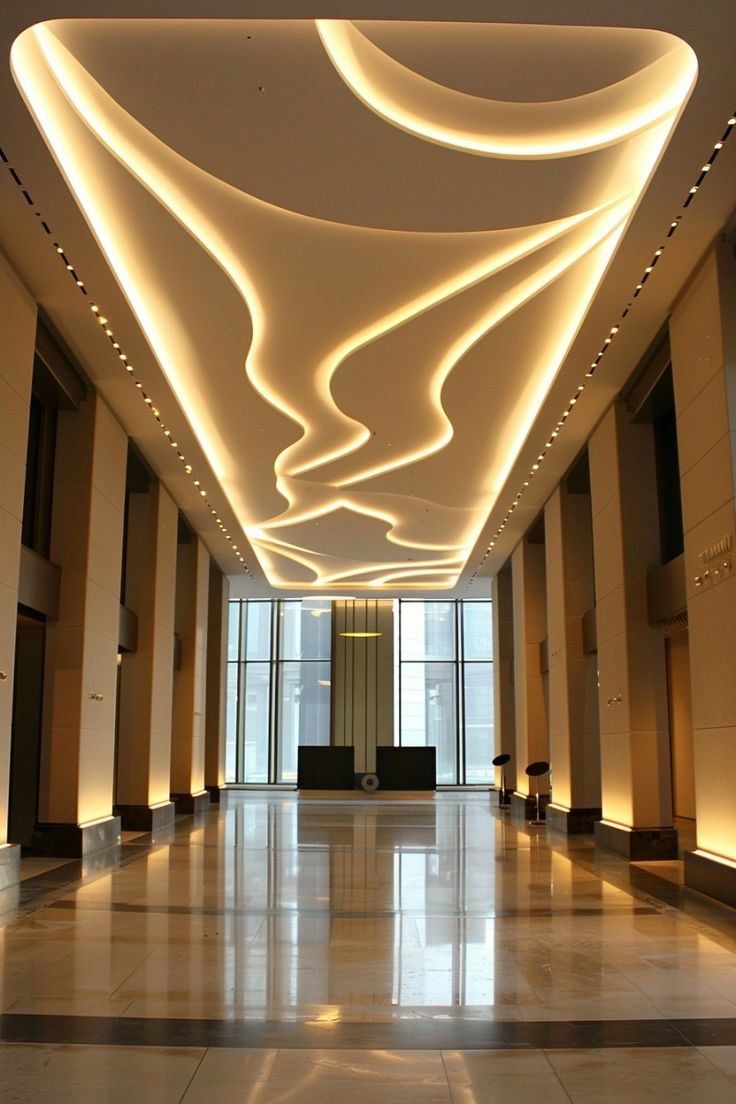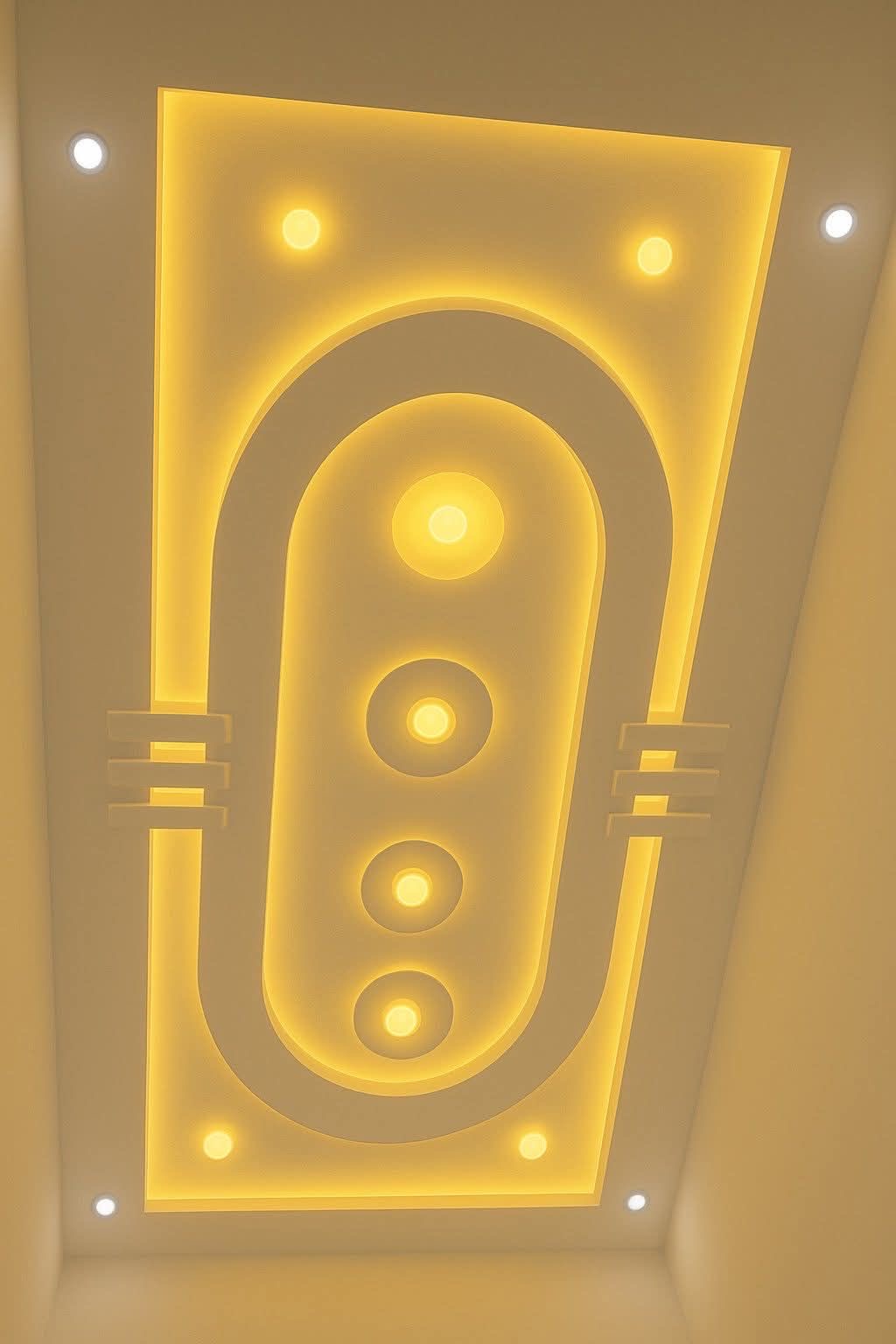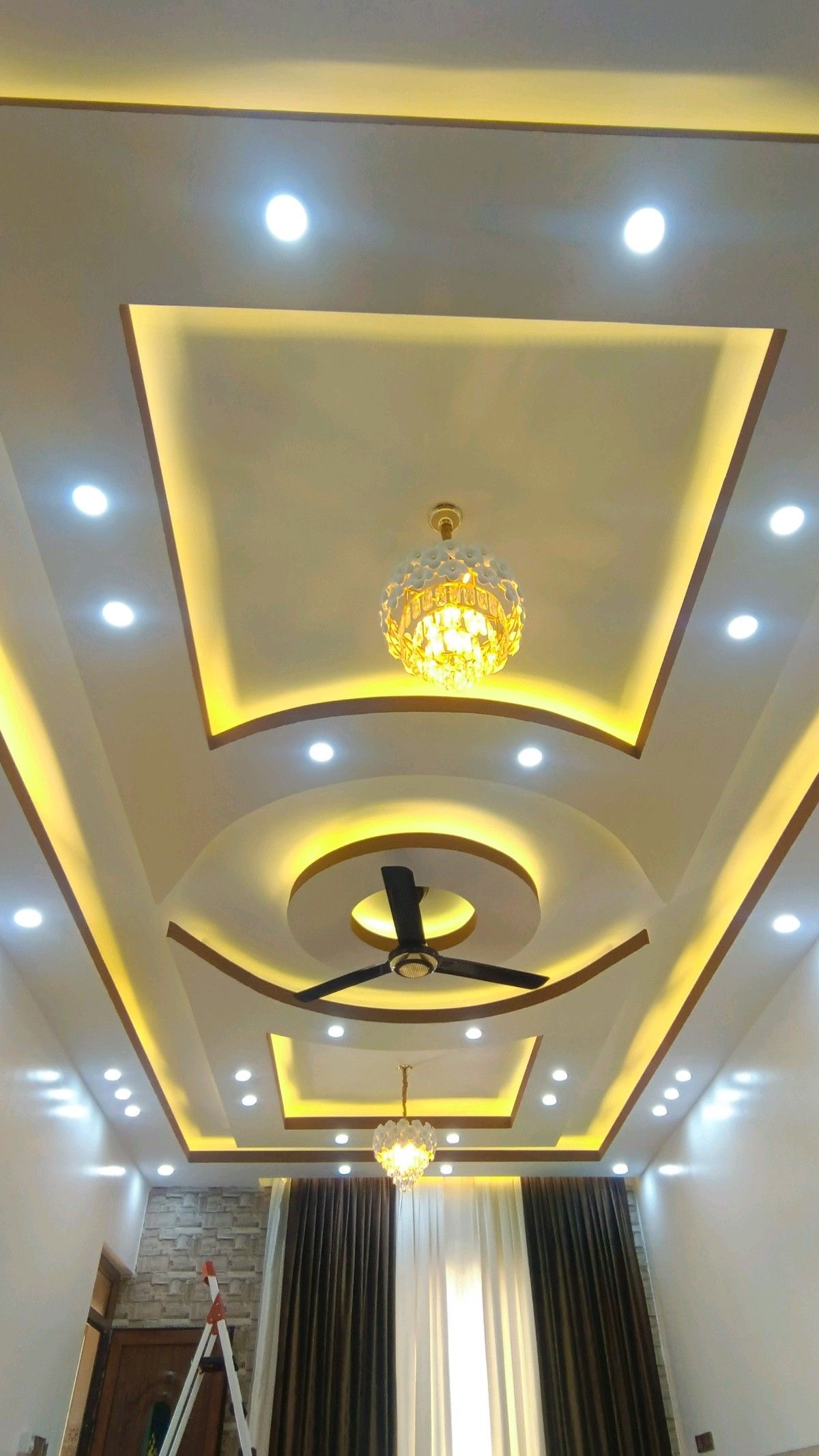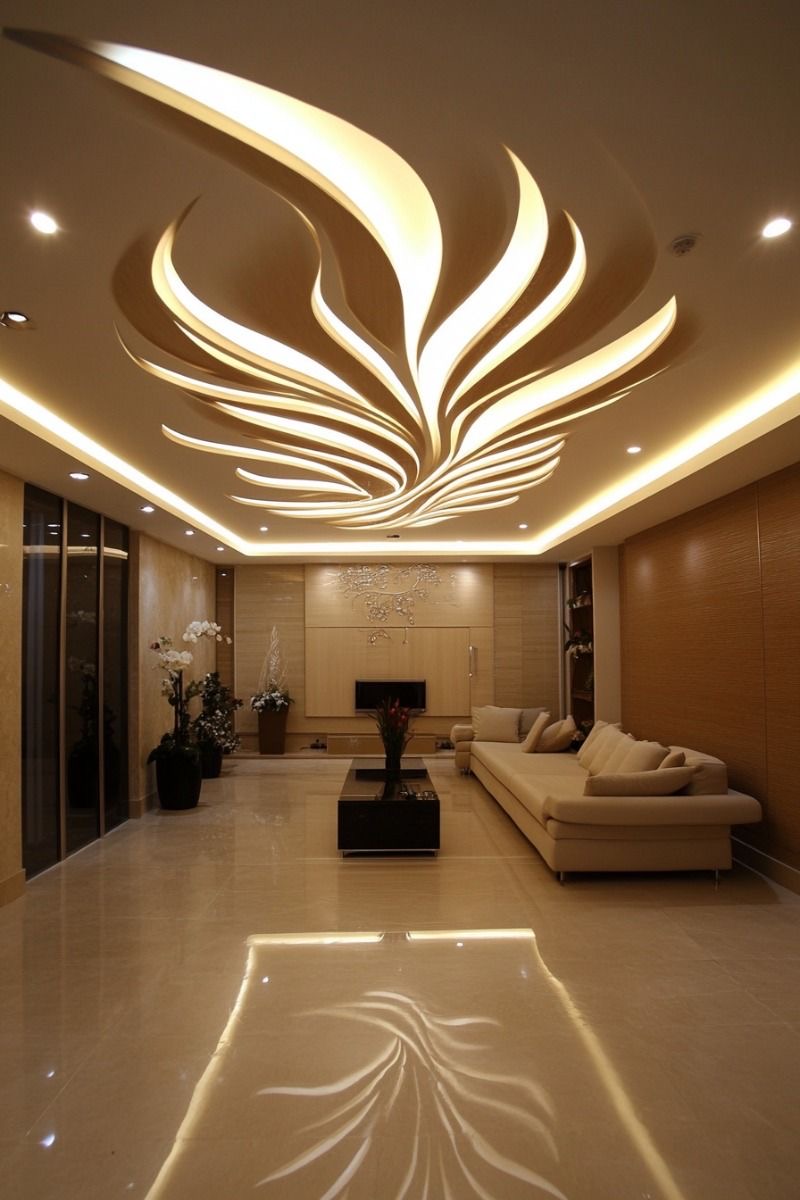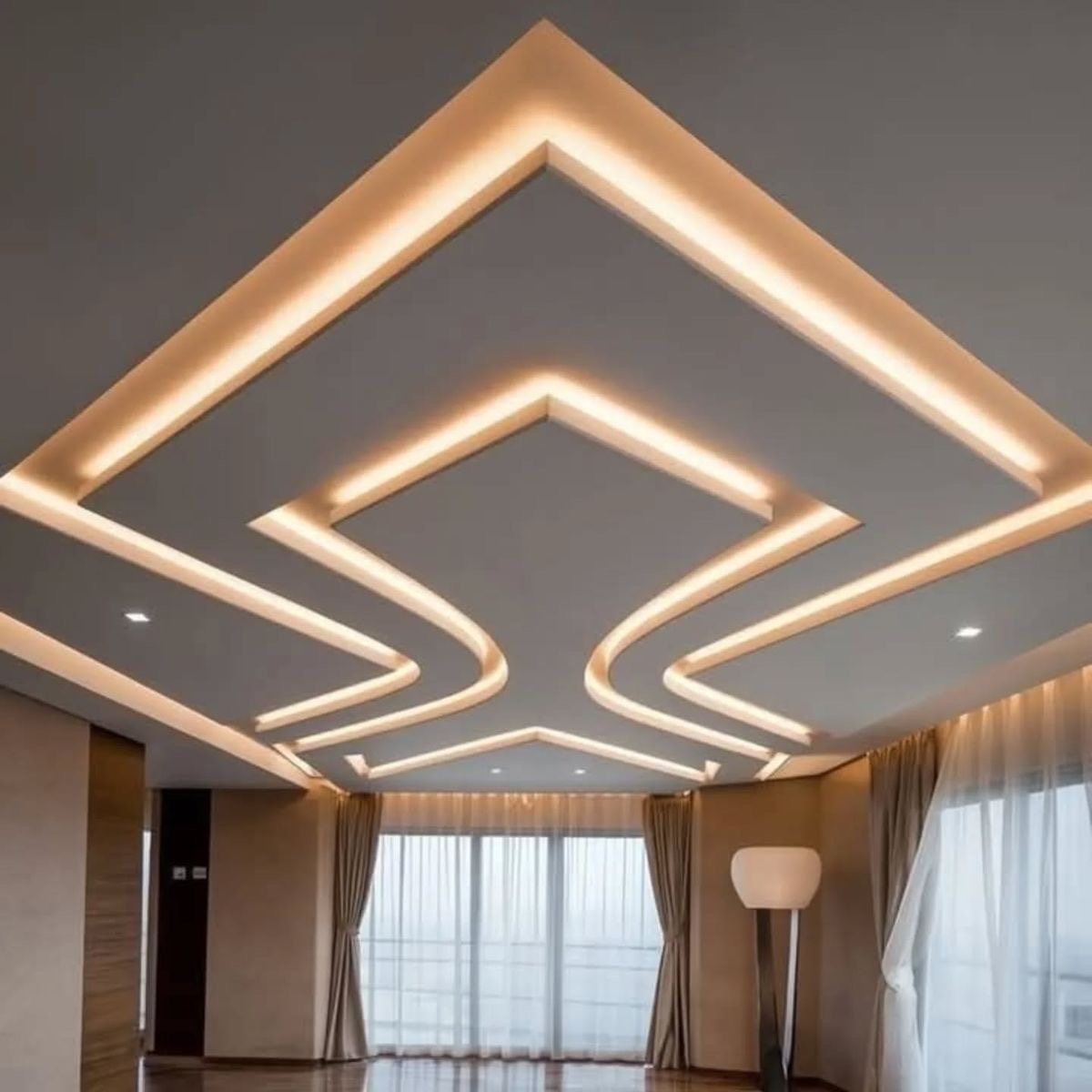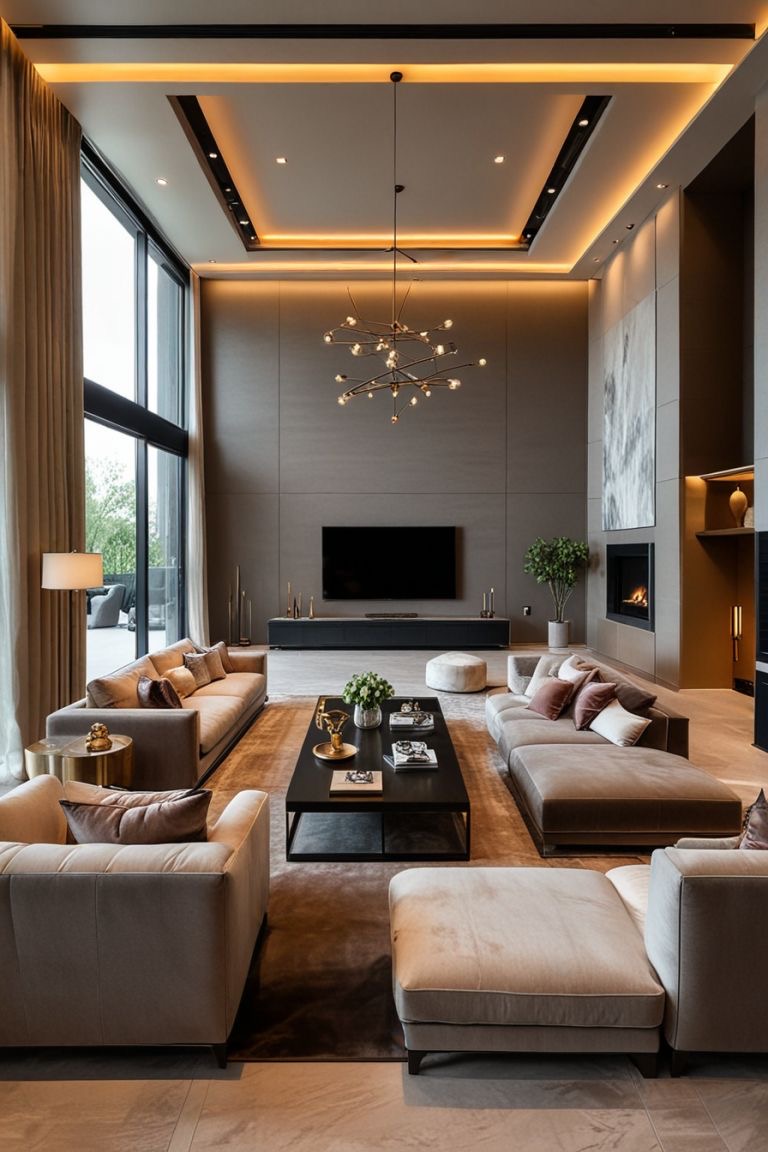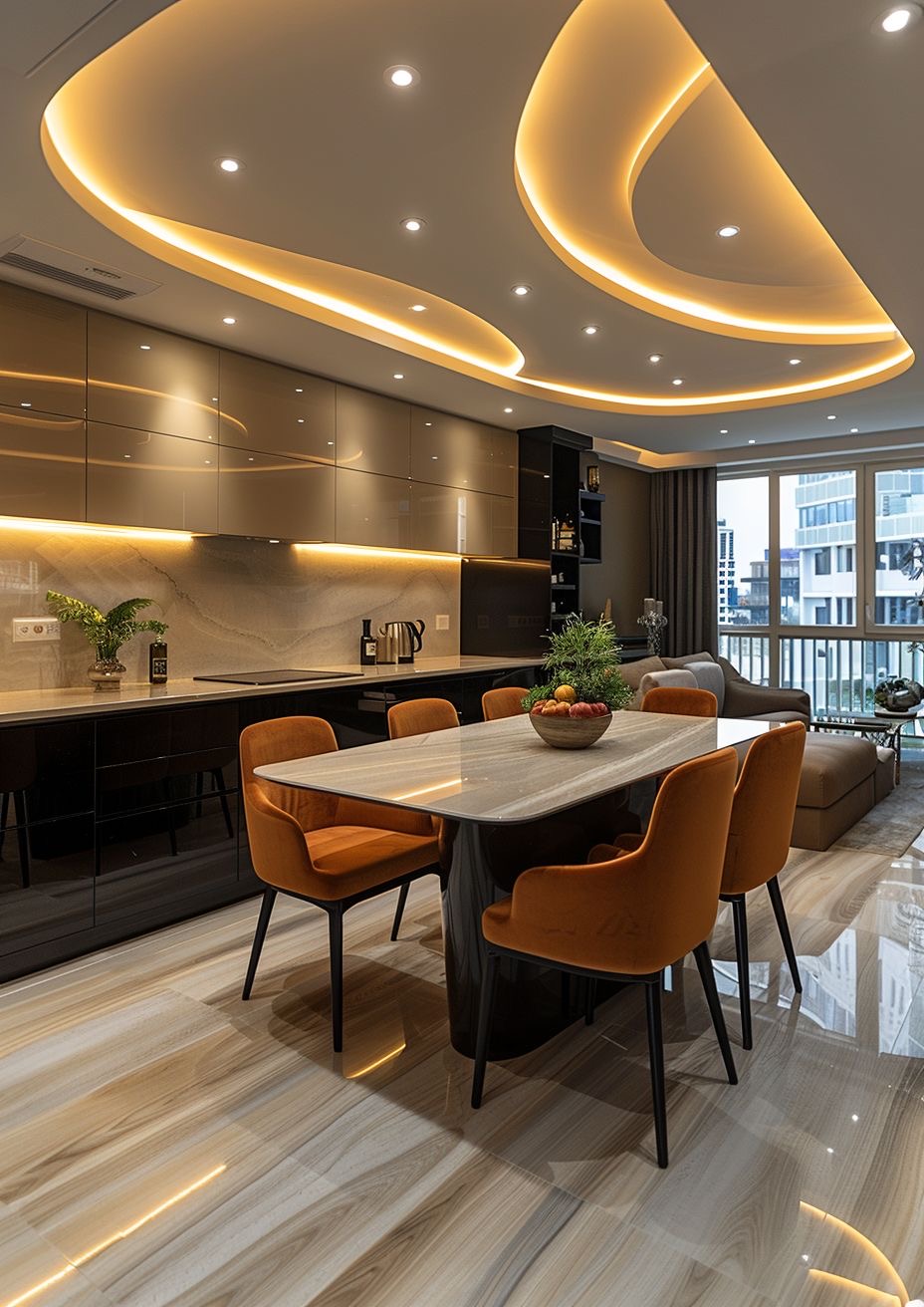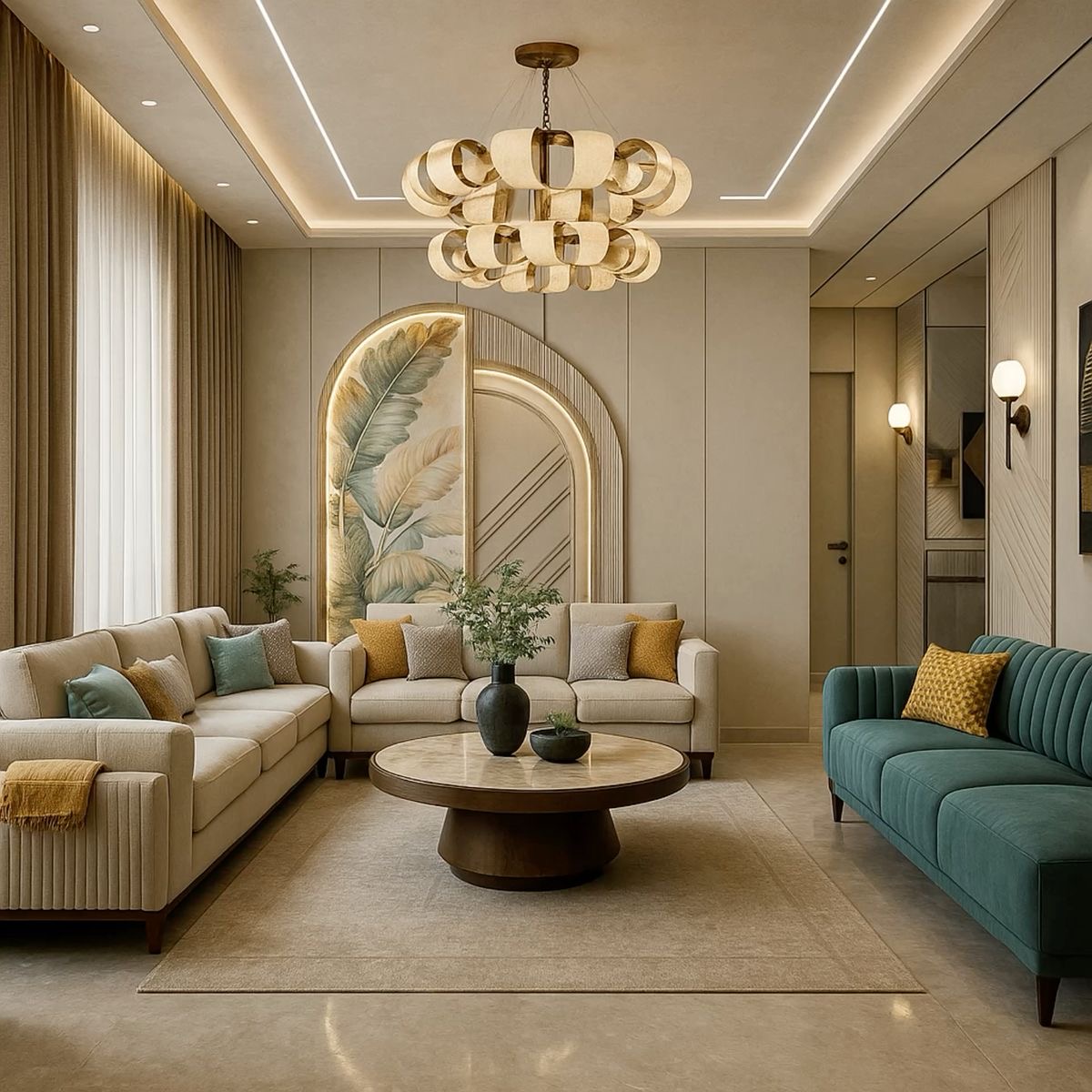False Ceiling Designs
False Ceiling Designs
False ceilings, also known as drop ceilings or suspended ceilings, have become a popular interior design element for both homes and offices. They not only enhance the aesthetic appeal of a room but also serve functional purposes like concealing wiring, improving acoustics, and controlling temperature.
Aesthetic Appeal
False ceilings add depth, dimension, and elegance to any space. They can be customized in various shapes, patterns, and finishes to suit different interior styles—whether it’s a sleek modern look with clean lines, a luxurious design with intricate moldings, or a creative geometric pattern for a contemporary vibe.
Material & Style Options
Common materials include gypsum board, POP (Plaster of Paris), wood, and metal, each offering unique textures and durability. Gypsum is preferred for its smooth finish and versatility, while wooden false ceilings bring warmth and natural charm. POP allows for creative molding and decorative detailing.
Lighting Integration
One of the biggest advantages of false ceilings is their ability to incorporate different lighting styles. Recessed lights, cove lighting, and LED strips can be seamlessly integrated, creating mood-enhancing illumination and highlighting architectural features.
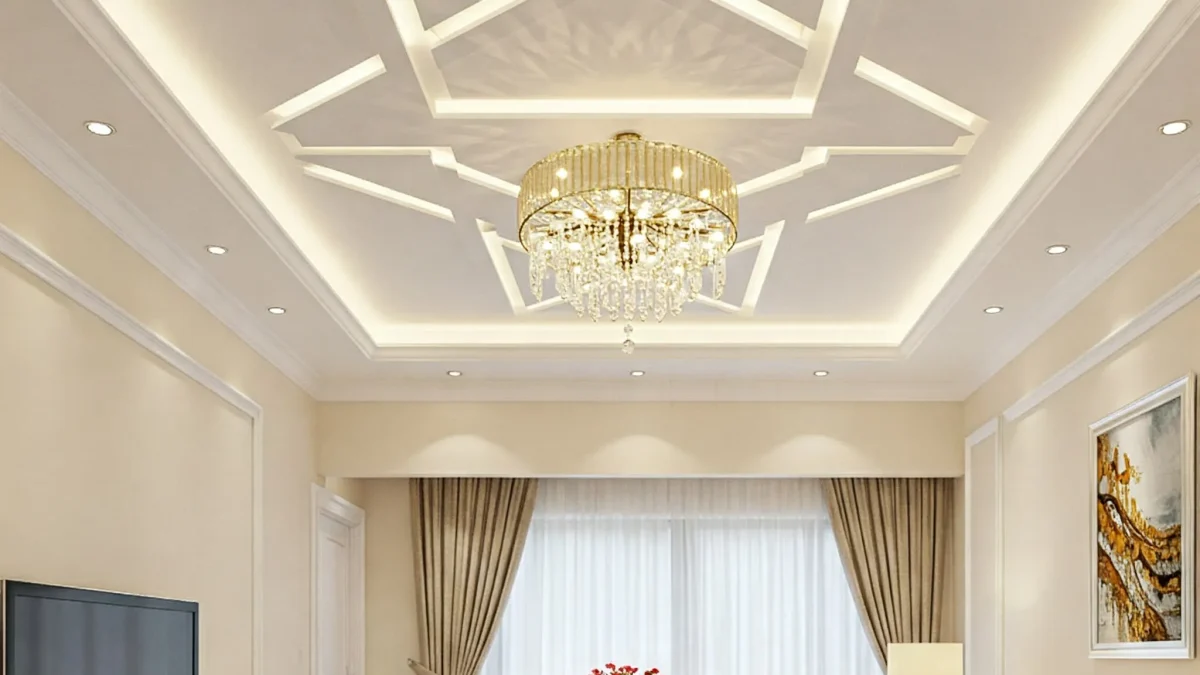
Practical Benefits
False ceilings hide electrical wiring, air conditioning ducts, and other structural elements, giving the room a clean, clutter-free look. They also improve insulation, helping regulate room temperature and reduce energy consumption. Acoustic properties can be enhanced as well, making spaces quieter and more comfortable.
Versatility in Application
From living rooms and bedrooms to offices, lobbies, and commercial spaces, false ceilings can be adapted to any environment. With endless design possibilities, they offer a perfect blend of style and function.
A thoughtfully designed false ceiling transforms any space into a visually stunning and comfortable environment, making it a smart choice for modern interiors.

